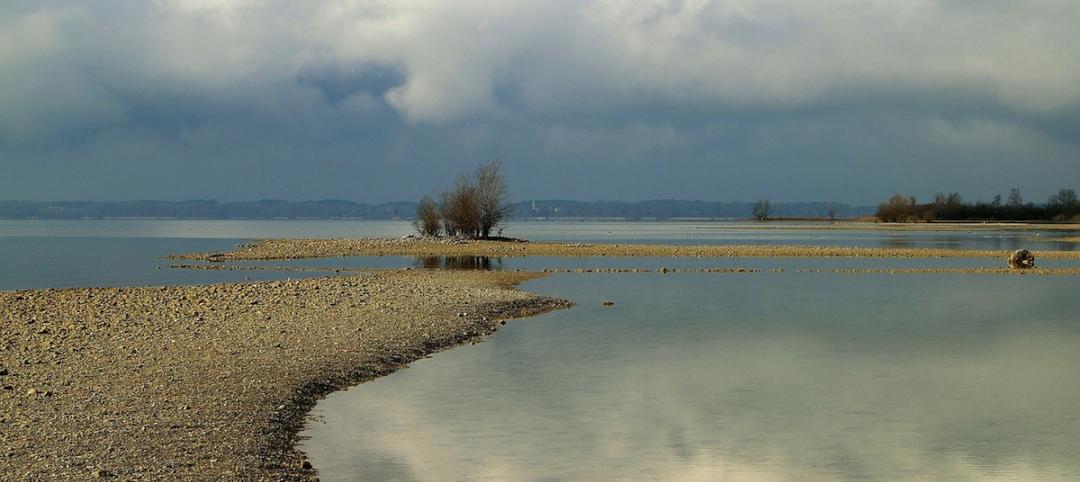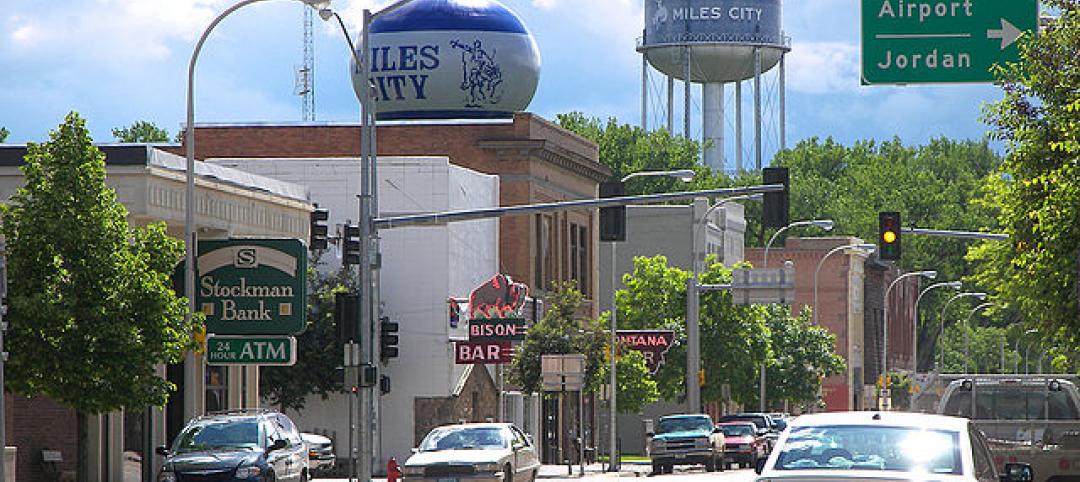The Architects Foundation released its first annual report on the National Resilience Initiative (NRI), a network of resilient design studios geared toward helping communities become more resilient to natural disasters and climate change.
The report, “In Flux: Community Design for Change, Chance and Opportunity,” was unveiled Monday at the Clinton Global Initiative’s (CGI) Annual meeting. It details the activities for the past year, including the work of the NRI’s three charter members: the New Jersey Institute of Technology's Center for Resilient Design; at the University of Arkansas Community Design Center at the Fay Jones School of Architecture; and Mississippi State University's Gulf Coast Community Design Studio, located in Biloxi, Mississippi.
The report provides a look at how architects work with communities through the National Resilience Design Network, in which the three charter members of the NRI offer architectural and building services to their respective communities.
Examples of project works outlined in case studies in the report include:
- Mississippi St. University has developed a Women in Construction center and addressed watershed planning issues.
- University of Arkansas designed local commerce and community safe rooms and proposed the development of an urban food production system.
- NJIT held a design workshop that examined how to strengthen a transit terminal and assessed the potential for using distributed power generation to increase energy-efficiency and reduce hazard vulnerability.
The NRI annual report also details how to identify policy impediments to enacting resilient design. The program envisions a resilience network, providing students and practicing architects information on how to make communities safer, stronger and more equitable.
Related Stories
Smart Buildings | May 21, 2015
Resiliency and climate change: Dual perspectives from designers at HDR
Two geographies, two perspectives, one conclusion: from Minnesota to Miami, resiliency matters, write HDR's Bob Beduhn and Lynette Cardoch.
Smart Buildings | May 1, 2015
FEMA to require states to evaluate risks posed by climate change
The aim is for states to do a better job planning for natural disasters they are likely to face in a warming world.
Smart Buildings | Jan 7, 2015
NIBS report: Small commercial buildings offer huge energy efficiency retrofit opportunities
The report identifies several barriers to investment in such retrofits, such as the costs and complexity associated with relatively small loan sizes, and issues many small-building owners have in understanding and trusting predicted retrofit outcomes.
Smart Buildings | Jan 7, 2015
Best practices for urban infill development: Embrace the region's character, master the pedestrian experience
If an urban building isn’t grounded in the local region’s character, it will end up feeling generic and out-of-place. To do urban infill the right way, it’s essential to slow down and pay proper attention to the context of an urban environment, writes GS&P's Joe Bucher.
BIM and Information Technology | Dec 28, 2014
The Big Data revolution: How data-driven design is transforming project planning
There are literally hundreds of applications for deep analytics in planning and design projects, not to mention the many benefits for construction teams, building owners, and facility managers. We profile some early successful applications.
Smart Buildings | Dec 3, 2014
Arup research explores urban infrastructure design in 2050
The report projects a future where highways will be made from self-healing, glow-in-the-dark materials and will be governed by sophisticated technologies that communicate with cars, road infrastructure, and GPS systems.
Smart Buildings | Oct 30, 2014
Energy Department pledges $9 million for energy efficiency improvements on commercial buildings
The U.S. Dept. of Energy will spend $9 million to encourage investments in energy-saving technologies that can be tested and deployed in offices, shops, restaurants, hospitals, hotels and other types of commercial buildings.
Smart Buildings | Oct 29, 2014
SCAPE’s 'living breakwaters' resiliency development wins 2014 Buckminster Fuller Challenge
New York-based landscape architecture firm SCAPE won the Buckminster Fuller Institute’s 2014 Fuller Challenge, billed as socially responsible design’s highest award.
Smart Buildings | Jun 8, 2014
Big Data: How one city took control of its facility assets with data
Over the past few years, Buffalo has developed a cutting-edge facility management program to ensure it's utilizing its facilities and operations as efficiently, effectively, and sustainably as possible.
Smart Buildings | May 19, 2014
New York should forget about surge barriers for most cost-effective resiliency plan, say researchers
Massive storm surge barriers would be too costly for the potential benefit to protect New York City from violent storms like Hurricane Sandy, researchers say.
















